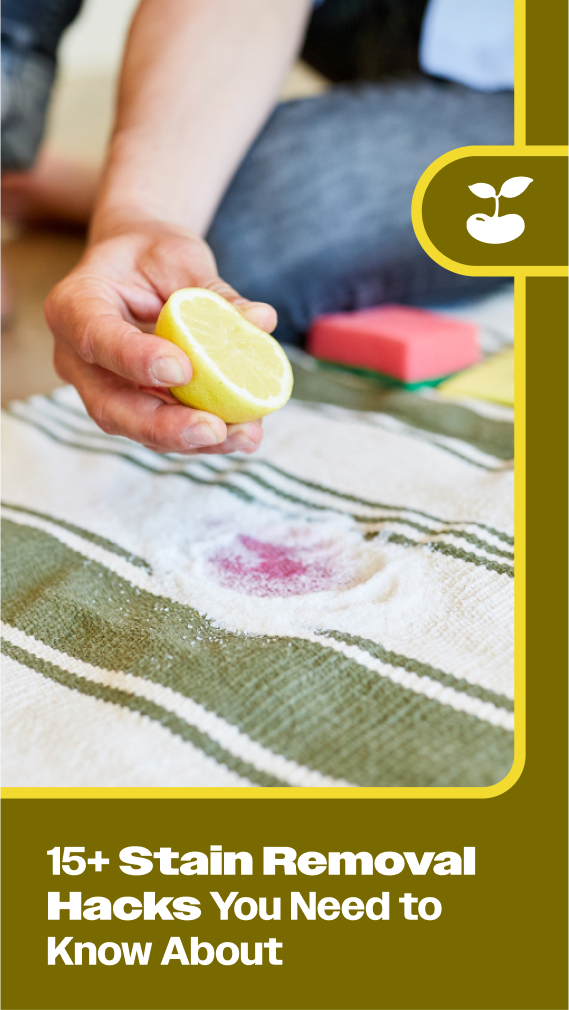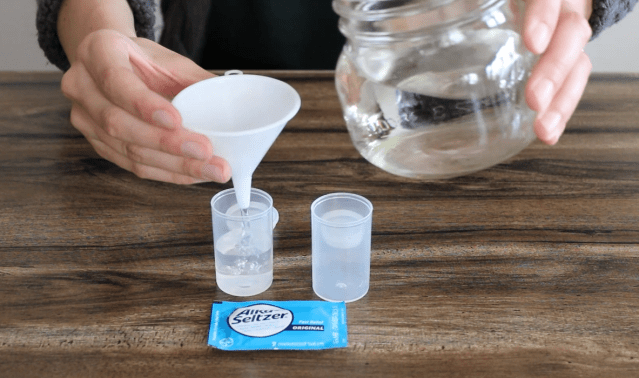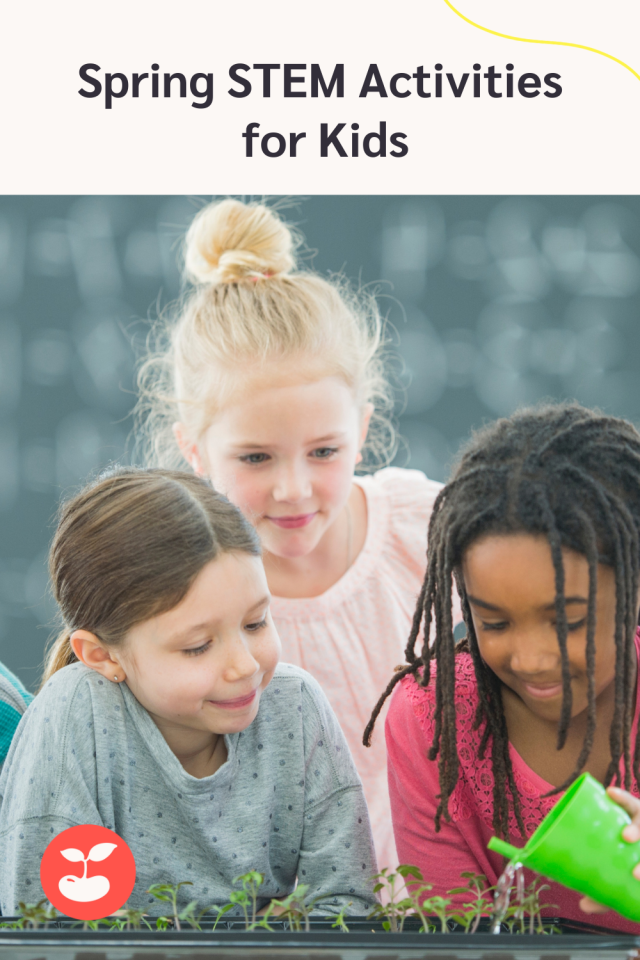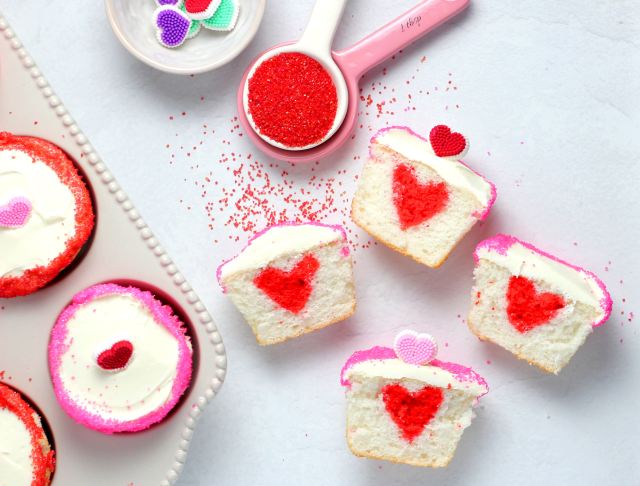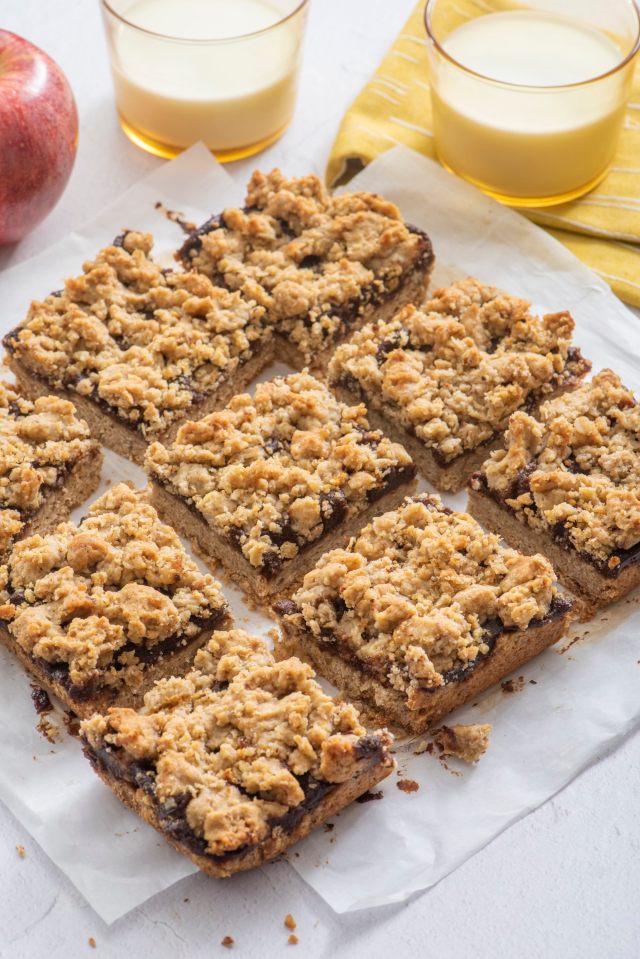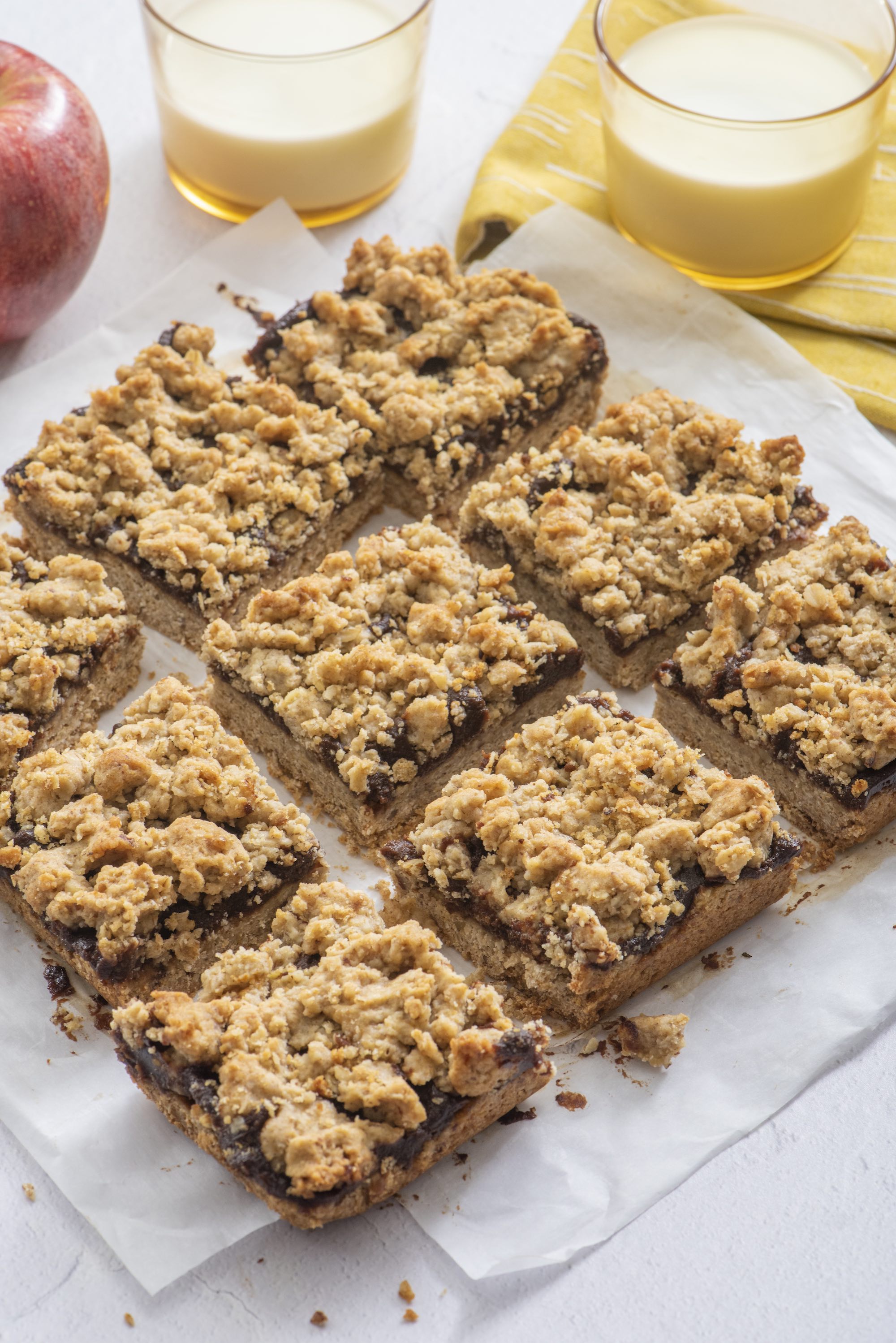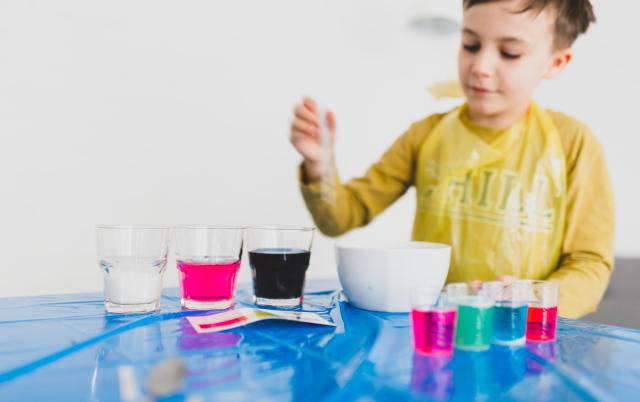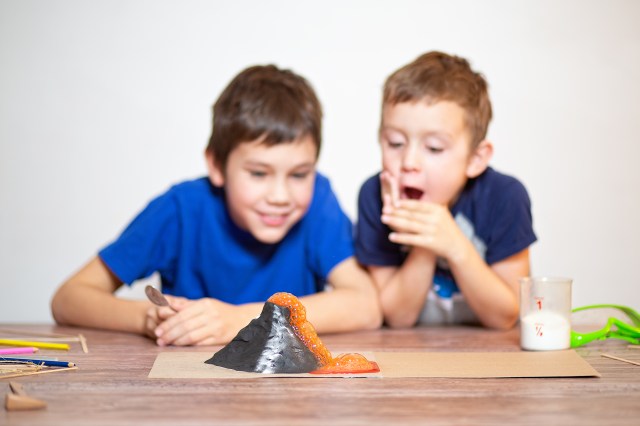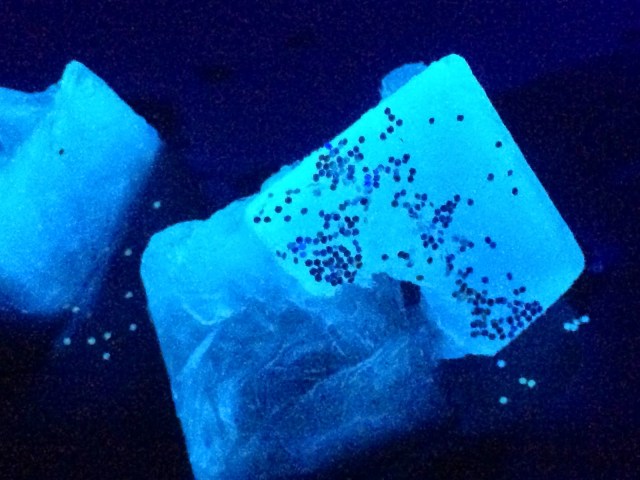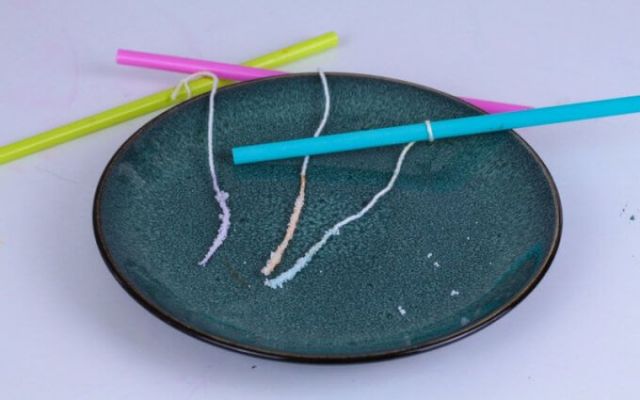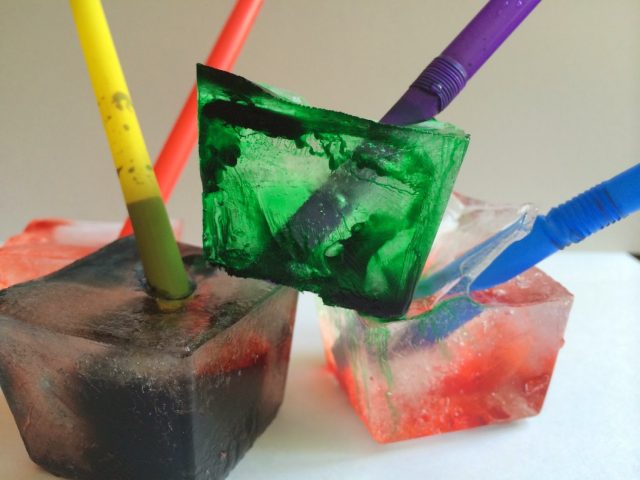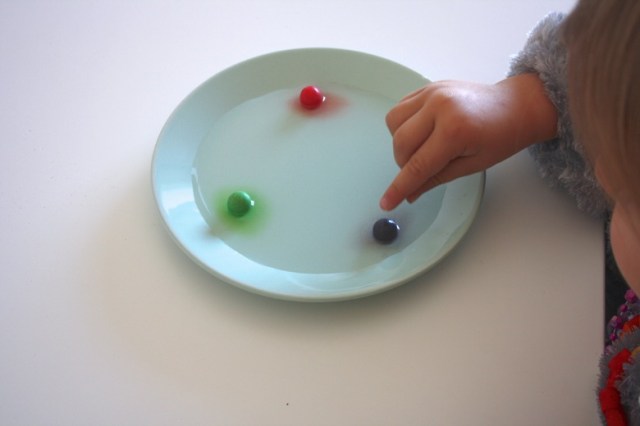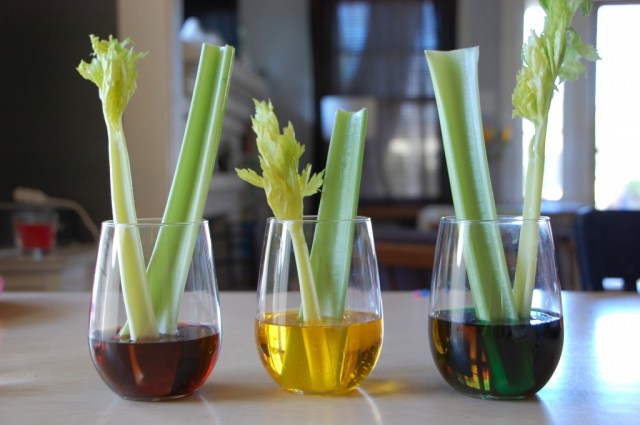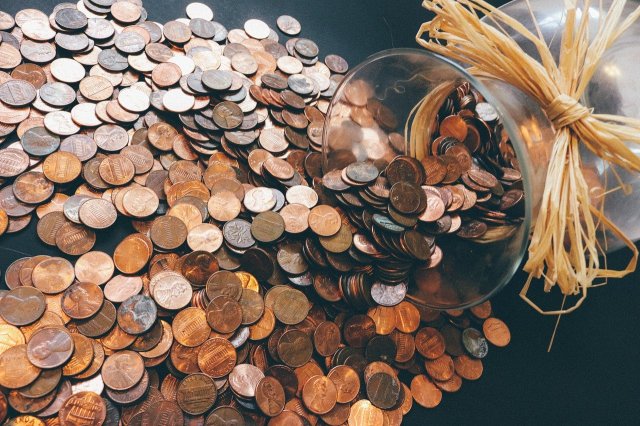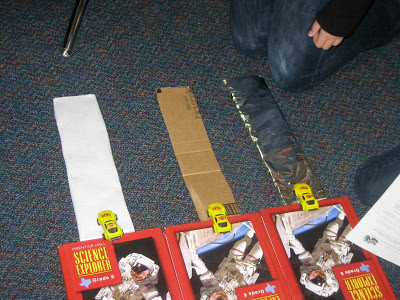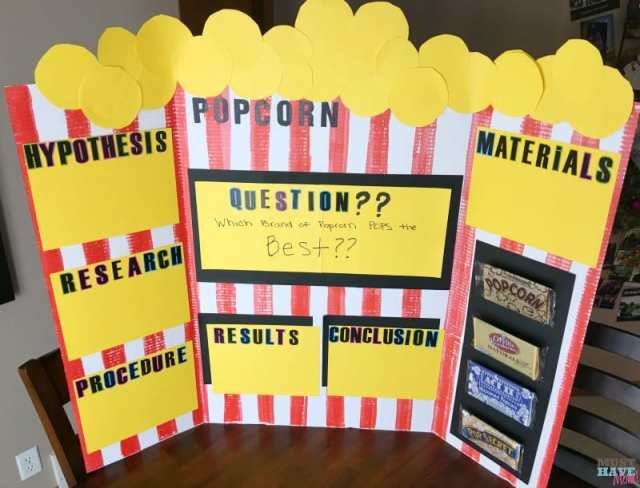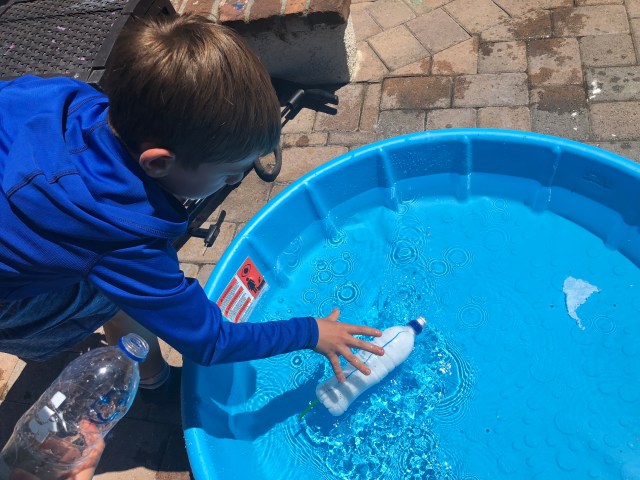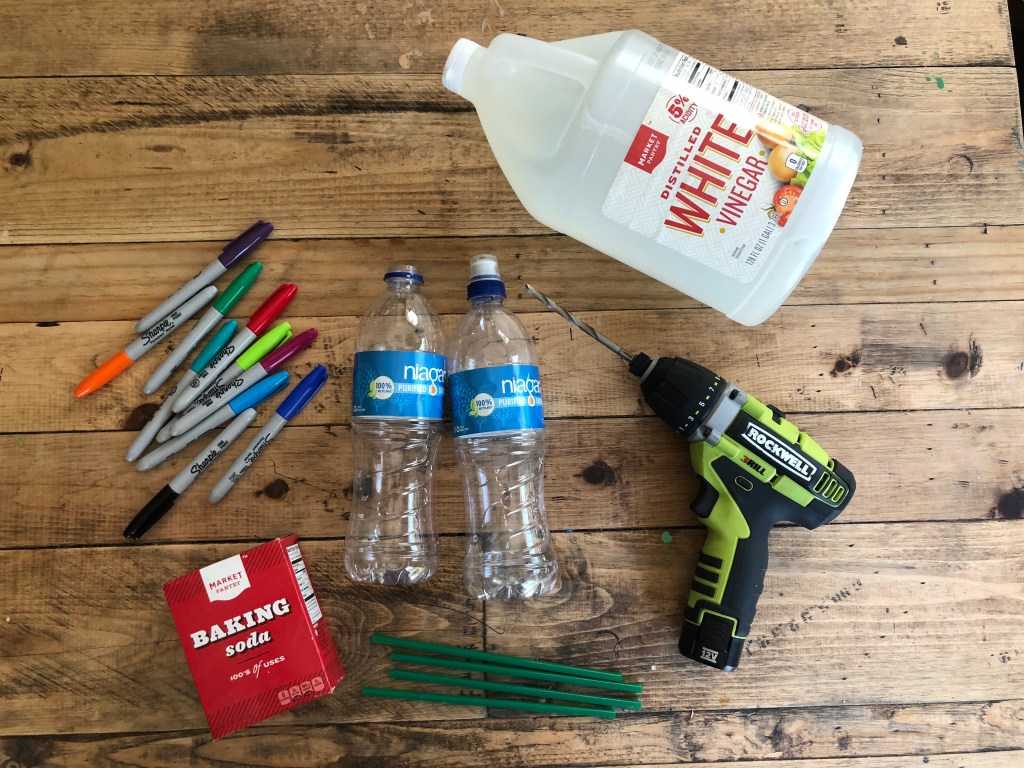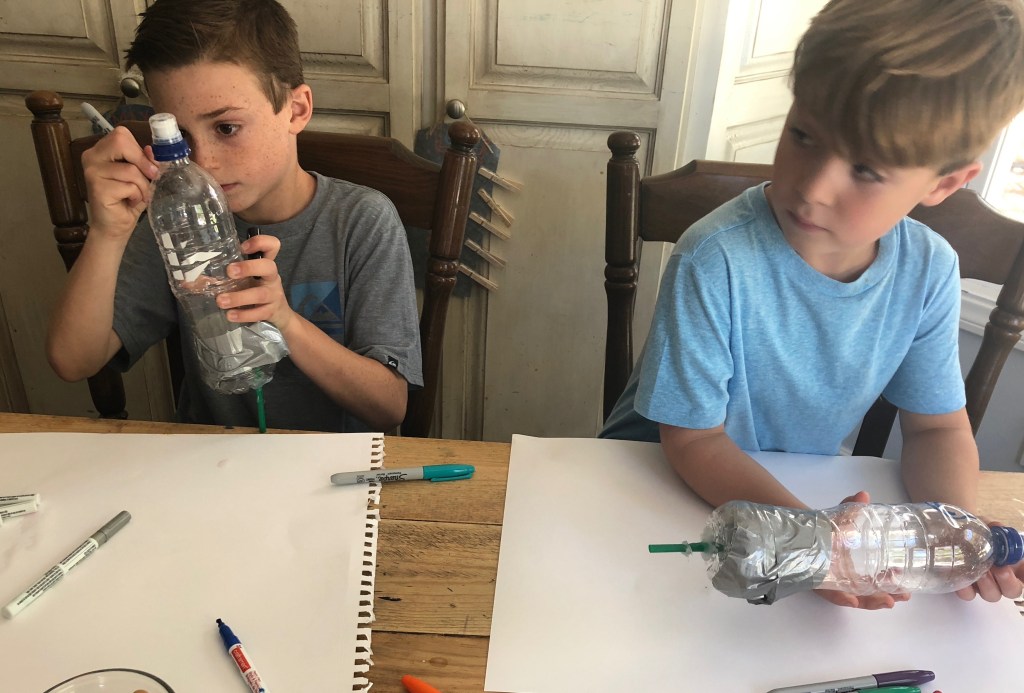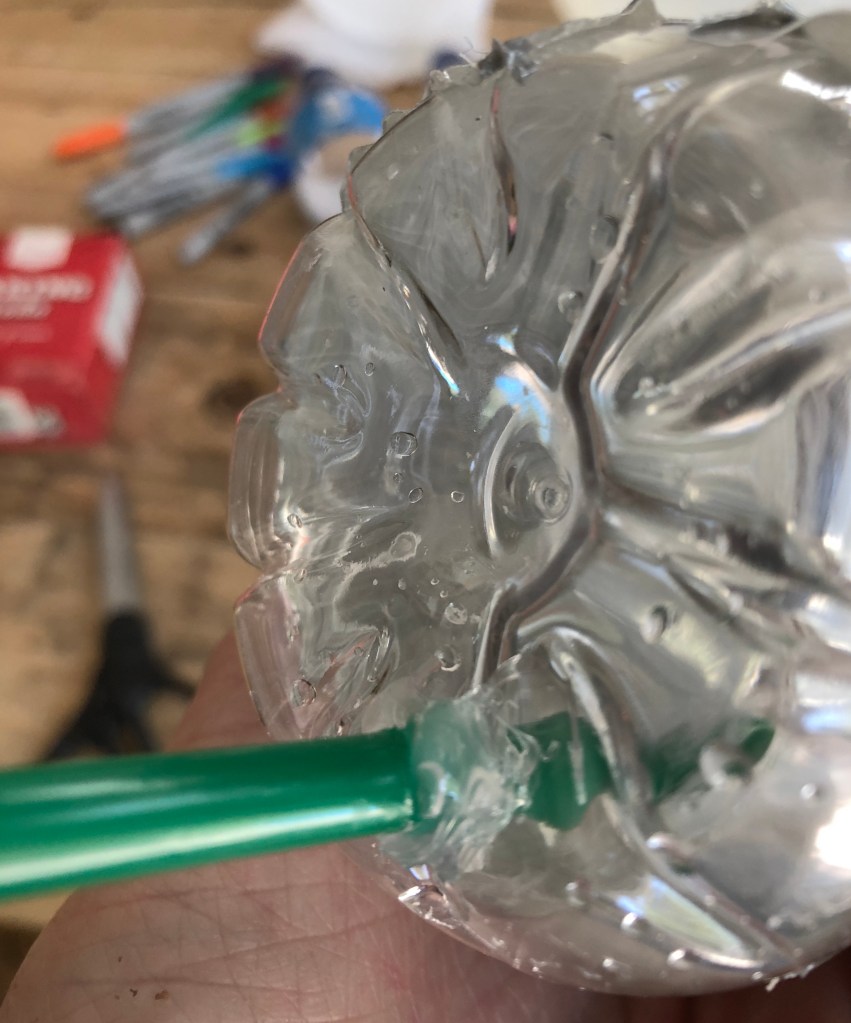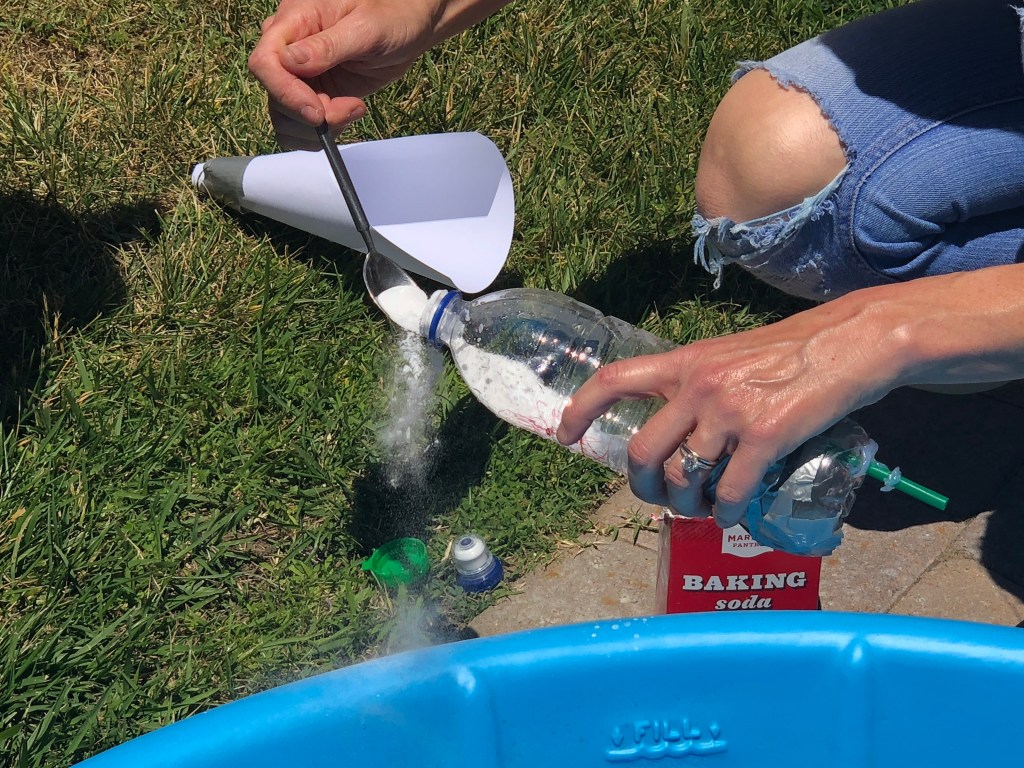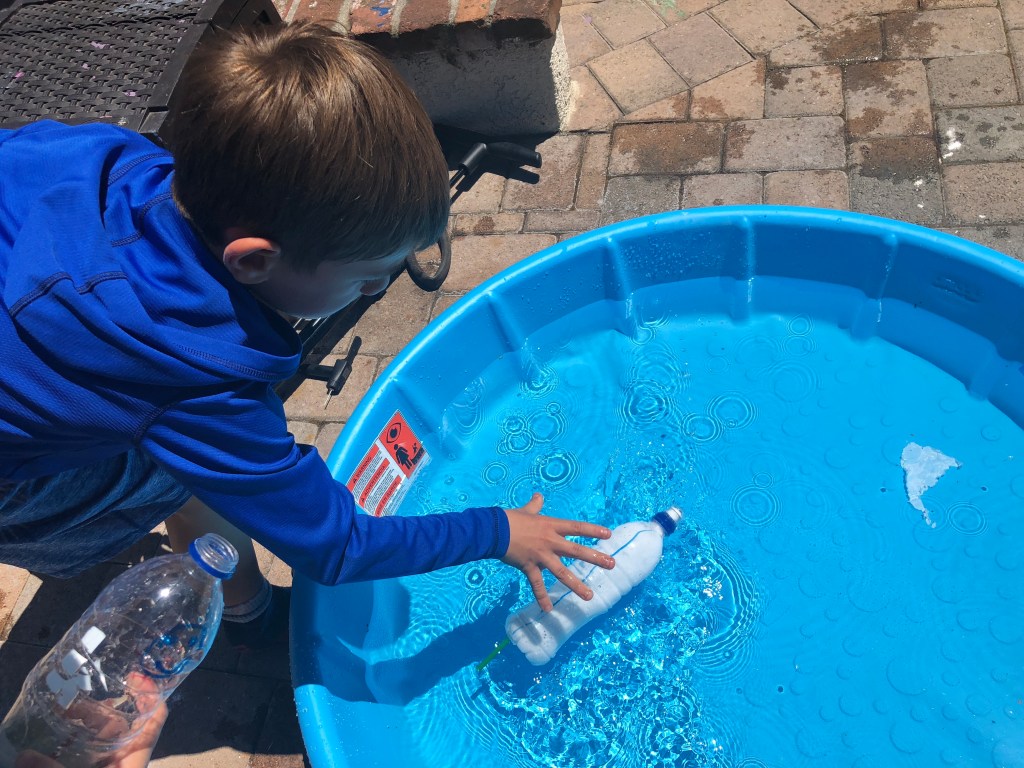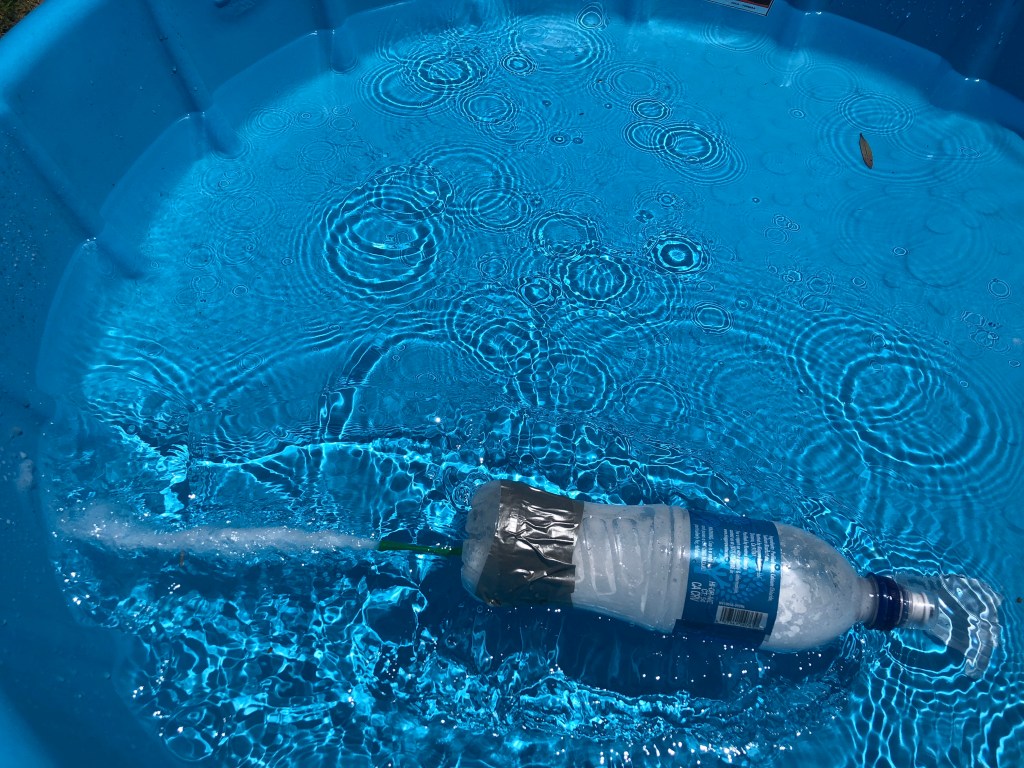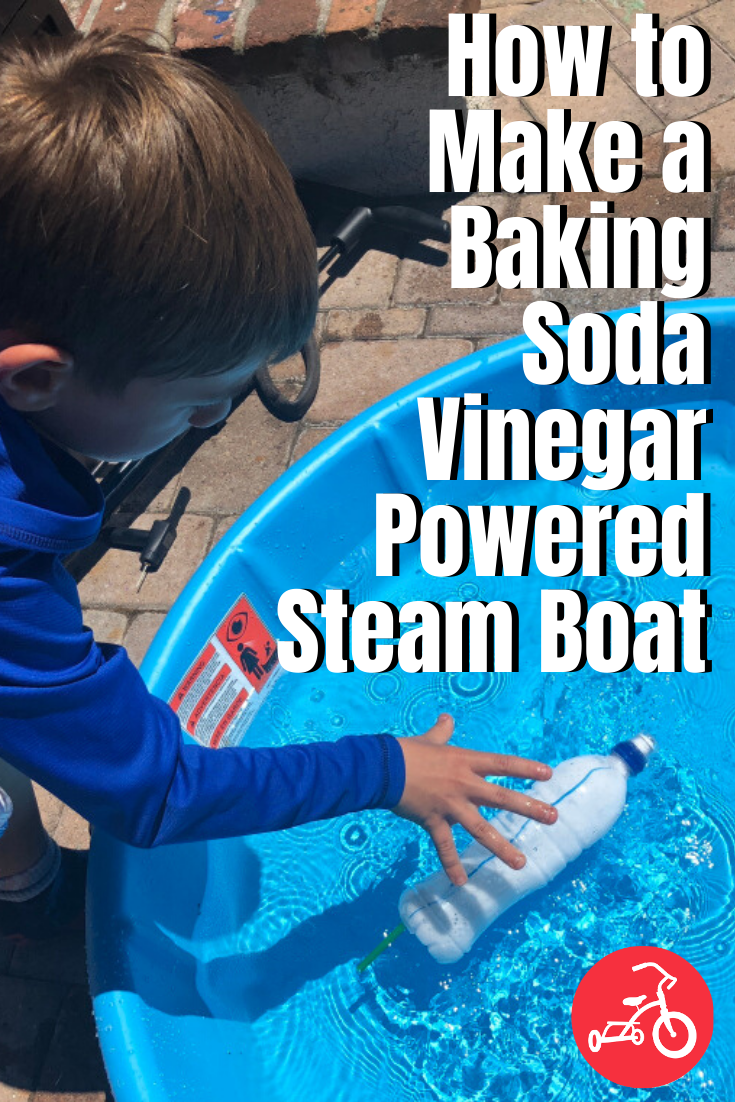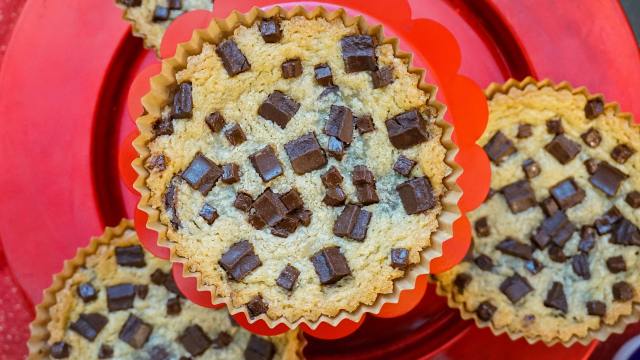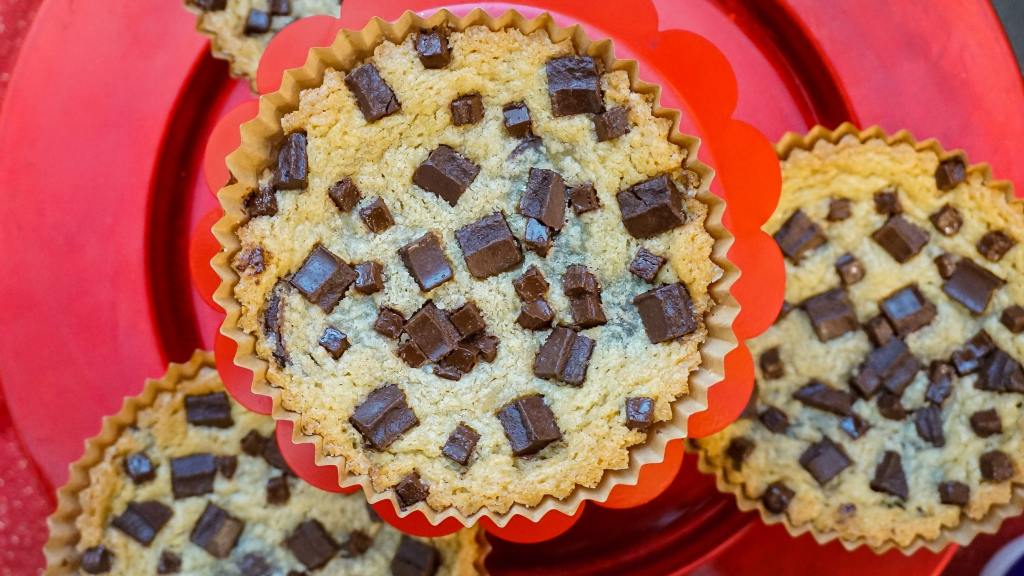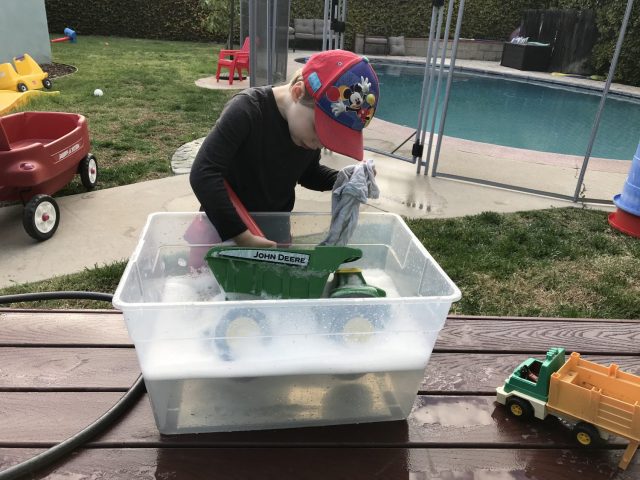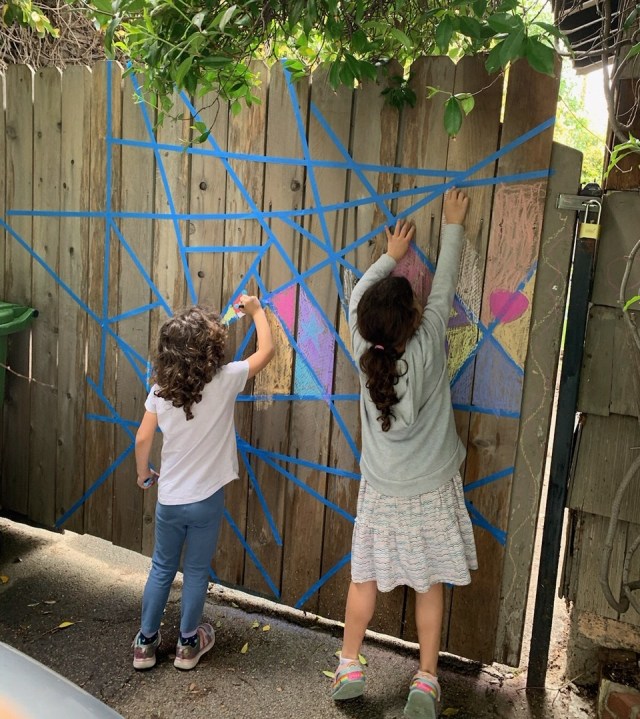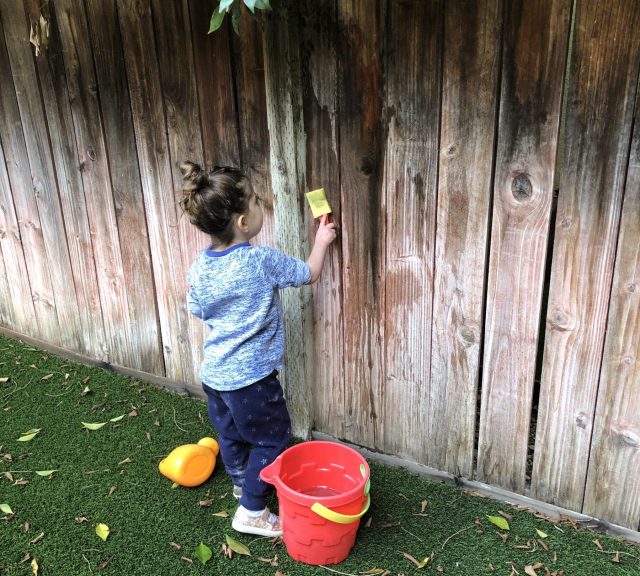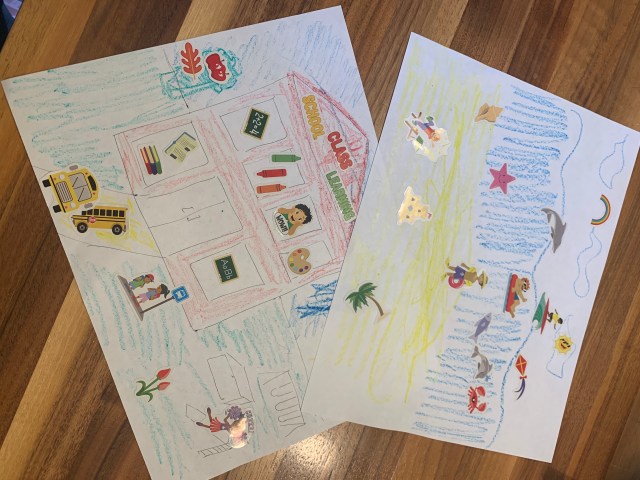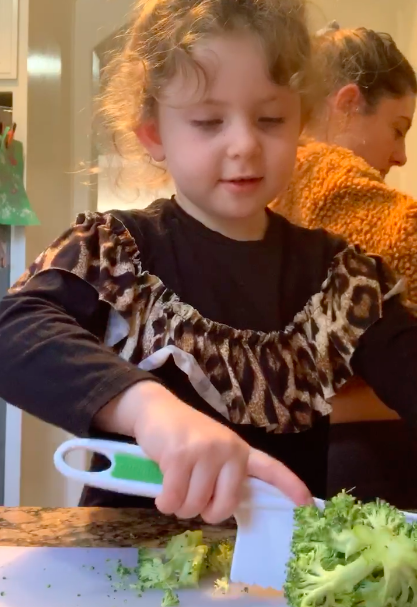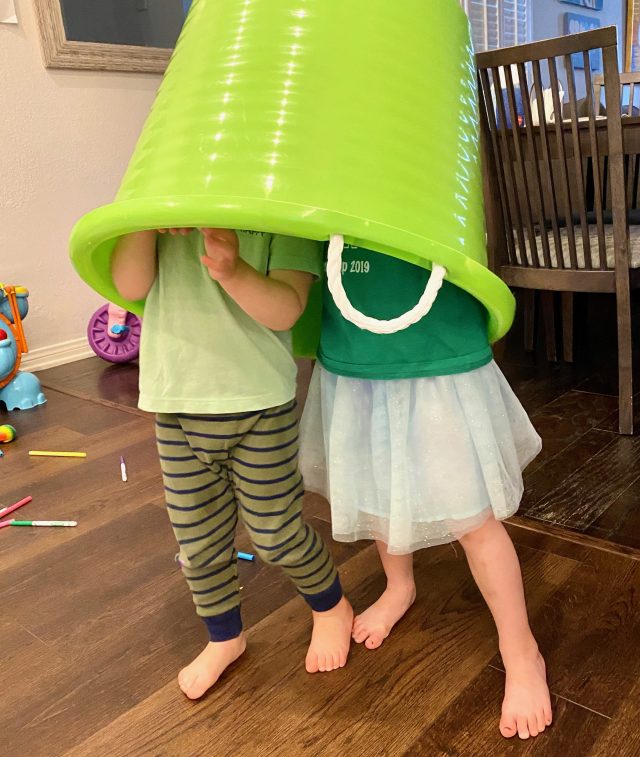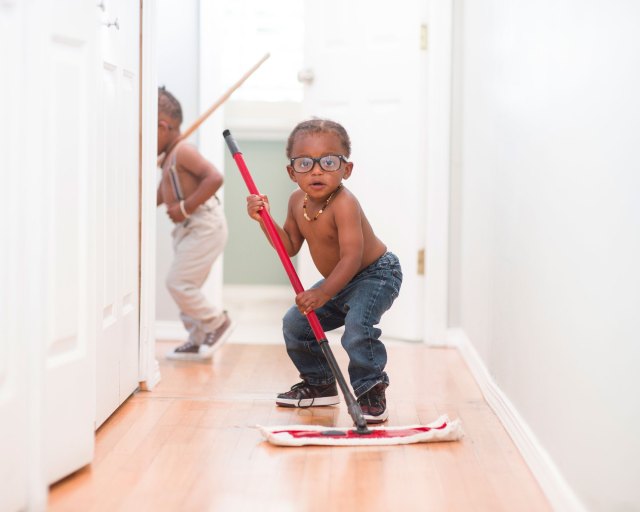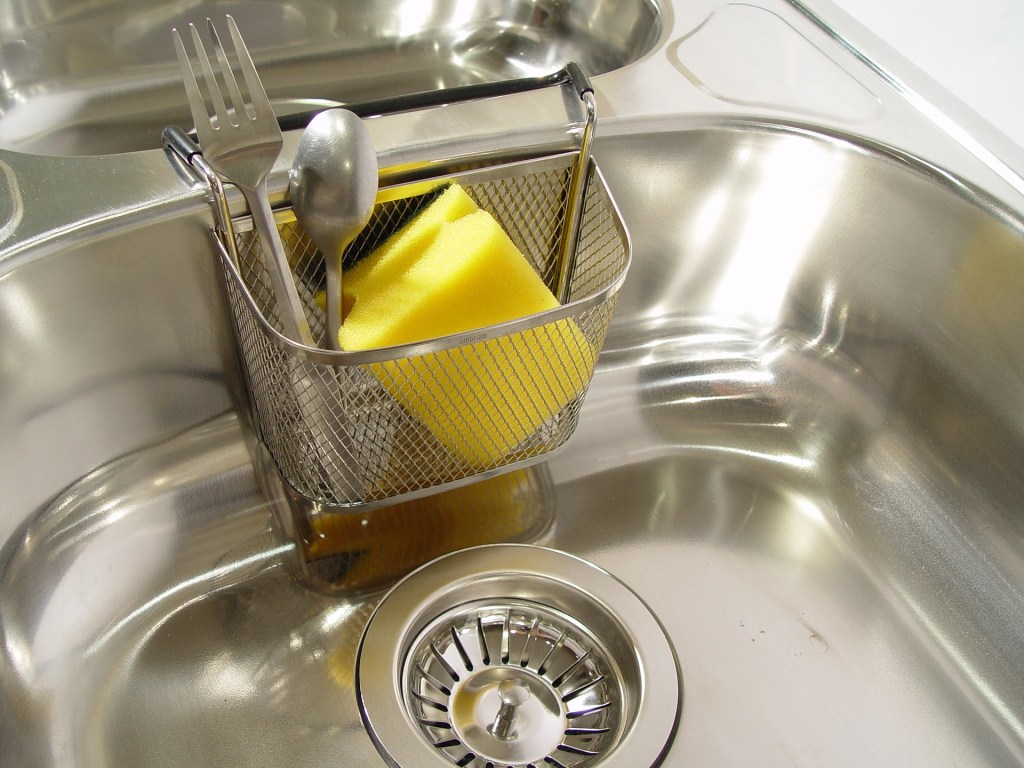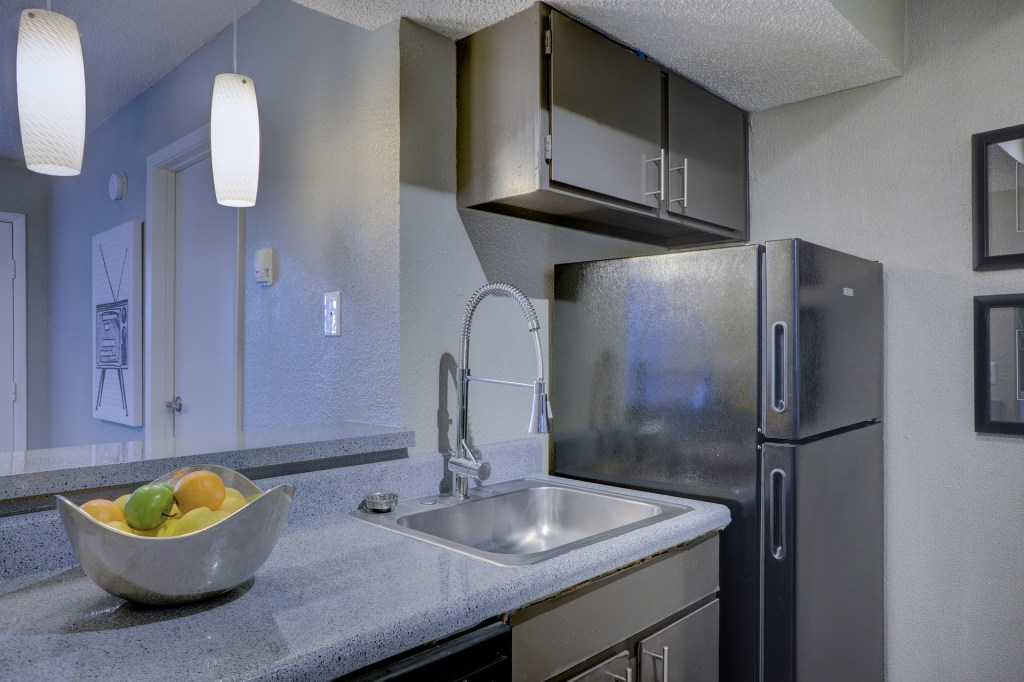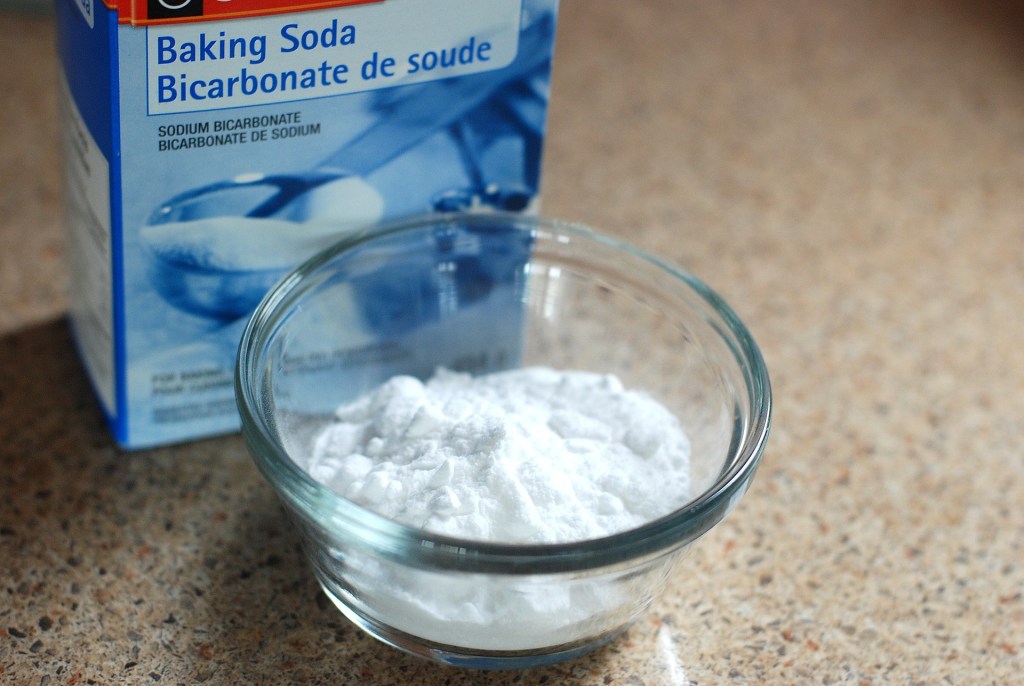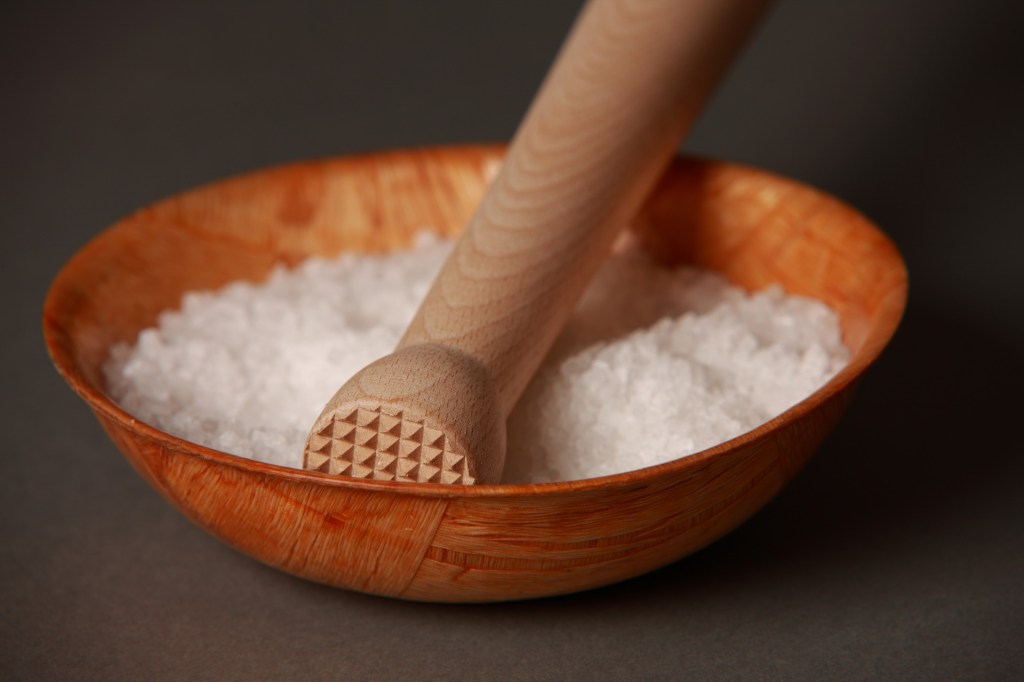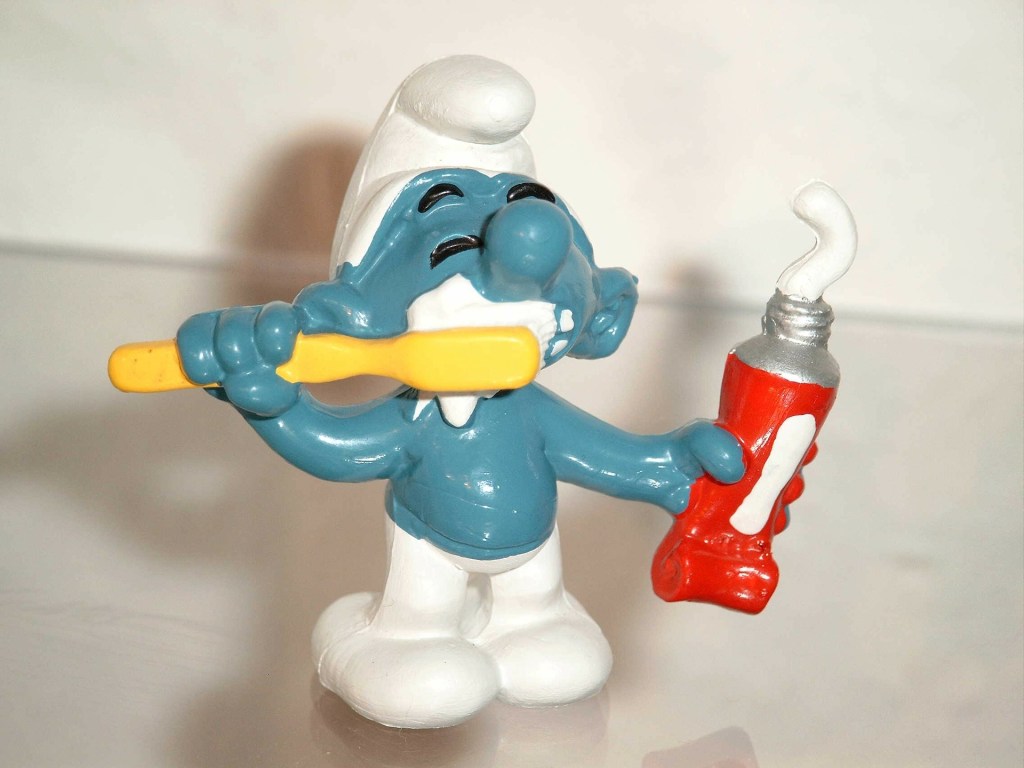Stains: they are the hallmark of true parenting (and a sure result of a girls-night-in). While you might be able to let a few slide, some of them just could cost you the deposit on your apartment or incite a desire to replace your shag with something more, well, wipeable. We polled our editorial staff—who know a thing or two about stain removal—and got together their best tips. Scroll down for 18 simple ways to keep it clean.
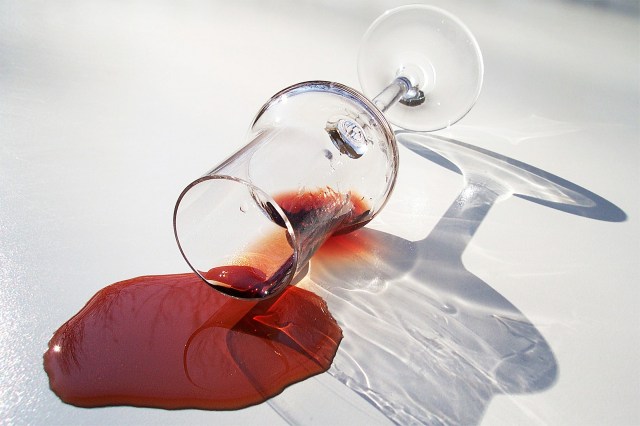
1. Use boiling water for red wine: You might have heard the tried and true soda water/cold water rinse for red wine, but here’s a method our editors swear by—pour boiling water over the red wine stain and blot it up with a cloth (Note: do not blot it before without water).
2. Use lemon for sweat rings: Use lemon juice and water on sweat stains. Make a little potion and soak the area. Baking soda and water paste can help remove underarm stains on white clothing.
3. Use salt for red wine and grease stain: Pour salt on the stain to soak up any extra wine, then soak in cold water for 30 min. For blood, one hour in cold saltwater. Salt also helps absorb grease stains!
4. Use Shock It Clean. No, we don’t mean singing perfectly on-pitch to "Side to Side" and shocking the crowd. One of our editors turned us on to this product, and we are telling you that it removes every carpet stain ever. Including that weird pee stain you only just now noticed and can’t tell if it’s human or pet.
5. Use white wine on red wine: Yes, you have to waste a little white wine, but that’s nothing compared to wasting a good Sangiovese (Yes, we realize this is the third wine stain hack. What?).
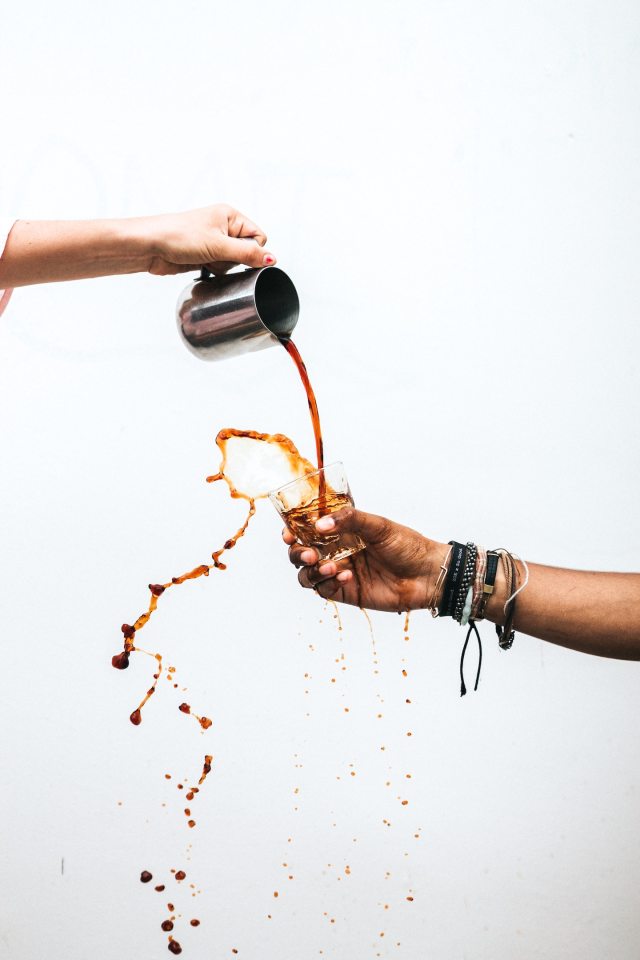
6. Use white vinegar to get out coffee stains: Try white vinegar on coffee stains (on clothing). Soak for at least 8 hrs.
7. Chalk works on oil: Liquid dish soap is the most effective treatment for oil stains, but a stick of chalk can help absorb it quickly. Use a paper towel to blot up as much oil as possible, then rub the chalk stick on it. Wash as soon as possible.
8. One word: Oxiclean (That's one word, right?). Grass stains have met their match.
9. Use nail polish remover on paint: If you’ve got paint on the jeans you just couldn’t bring yourself to take off before touching up the walls, try shaving it off with a razor. Super stubborn paint stains from the people who painted before you can be combatted with nail polish remover and elbow grease.
10. Aluminum foil works wonder on rust: You can remove rust by lightly scrubbing with aluminum foil. Add a little white vinegar to really scrape off stubborn stuff.
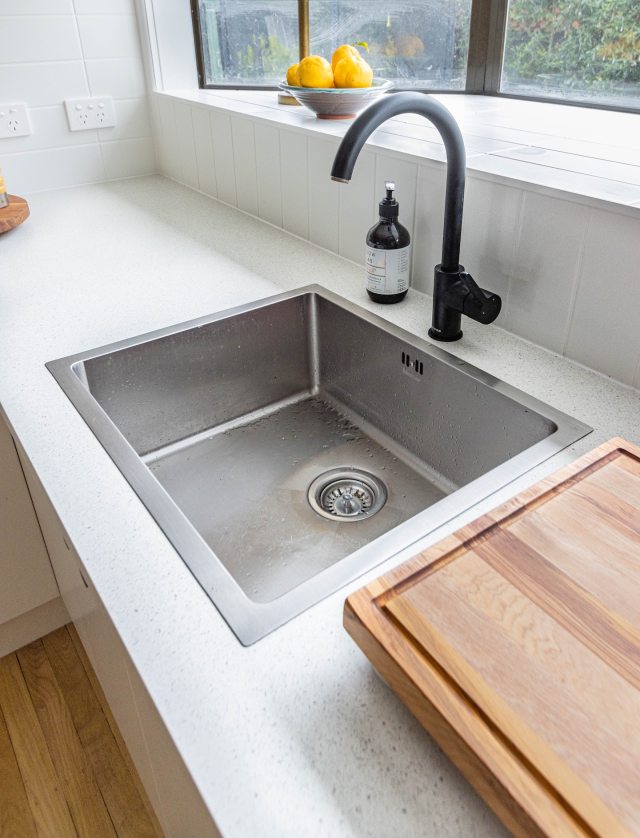
11. Lemons make your sink shine: Clean up the gunk and shine up the chrome of your faucets using lemons. You can use a half-lemon or a wedge to squeeze into narrow spots and it works great to get your stainless steel sink to gleam too.
12. Toothpaste will make your diamonds sparkle: Use toothpaste to polish your silver rings and get rid of those tarnished stains.
13. Take care with rubbing alcohol to get nail polish out of the carpet: If you spill nail polish on the carpet or floor, use a microfiber cloth to absorb as much as you can, then continue blotting with rubbing alcohol and microfiber cloth (Nail polish remover can damage hardwoods and other flooring surfaces, but you can try soaking the microfiber cloth in a bit of remover before washing).
14. Baking soda and white vinegar works on pet messes: To clean up poop, dog or otherwise, from the carpet you'll need white vinegar and baking soda. And a lot of paper towels. And probably gloves. Just let the paste fizz and blot, fizz and blot. It's like a mini-volcano of gross.

15. Cornstarch on a decorated dog: Kids got markers and/or paints and painted your dog? (No, oh, just wait...) If your pooch is light-colored, cornstarch can help lighten the fur back up.
16. Shout also works on pet messes: You can try your average carpet cleaner or "pet stain remover" but we found nothing takes care of the remains of the day like a laundry stain remover, i.e. extra-strength Shout.
17. Soda on garage grease stains. Pour a can of Coke on a greasy stain in your garage. (Diet Coke won't cut it, but you can always try.)
18. If all else fails: Give up (wear dark colors, or beige if you’re preventing spit-up stains; make sure your carpets are artfully swirly; put smocks on your kids every day).
—Edit Team
RELATED STORIES:
Hate Laundry a Little Less with These 5 White Vinegar Hacks
23 Life-Saving House Cleaning Hacks
How Laundry Balls Changed Our Cleaning Routine & More Household Chore Hacks
